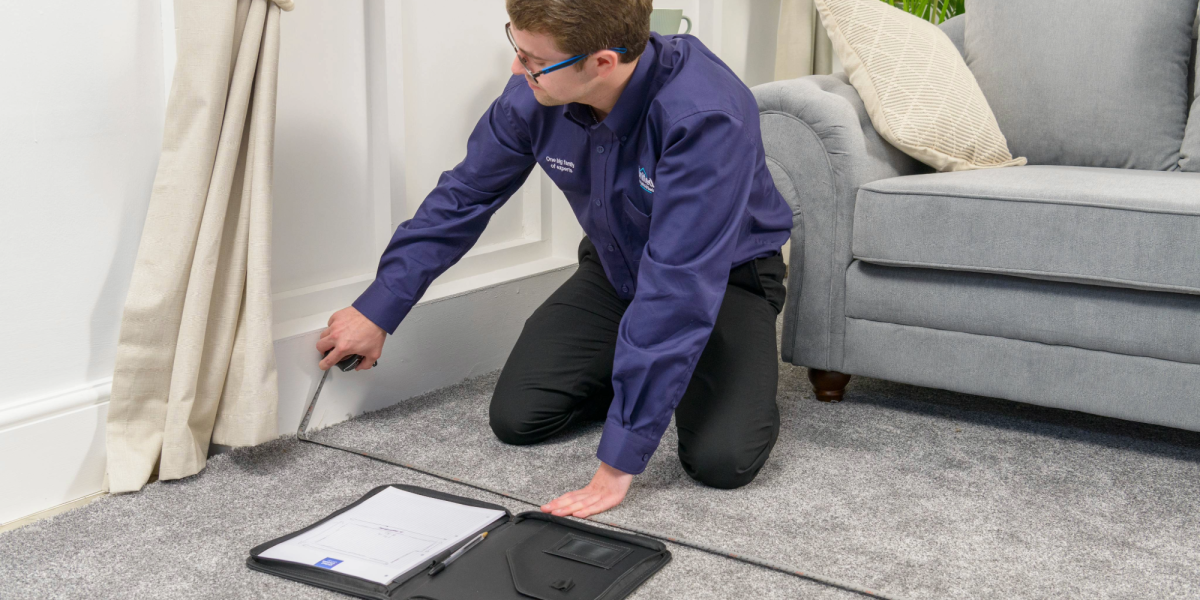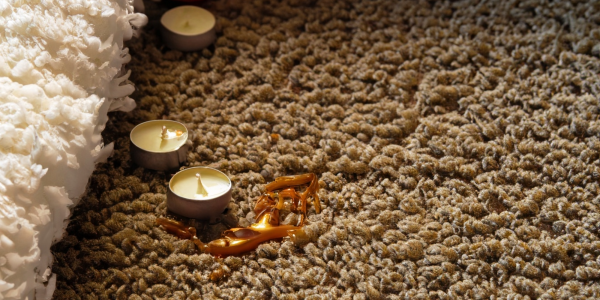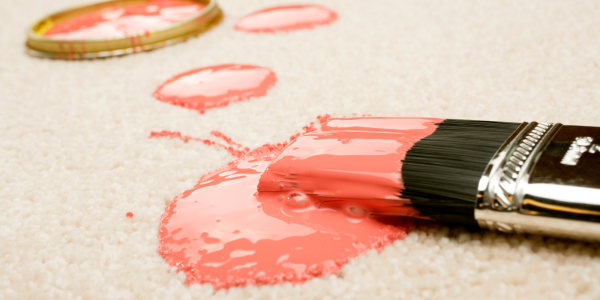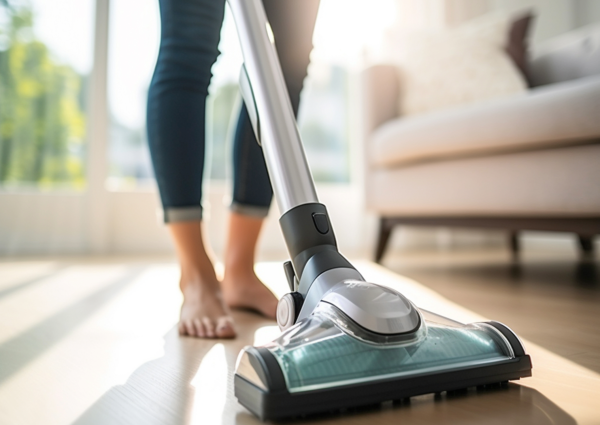Understanding the Importance of Accurate Carpet Measurements
When it comes to carpeting your home, precise measurements are crucial. Accurate measurements ensure that you purchase the correct amount of carpet, avoiding costly overages or frustrating shortfalls. They also help you obtain a more precise cost estimate for your project.
To measure your space correctly, start by dividing the room into manageable rectangles. Measure the length and width of each section, then multiply these figures to calculate the area. Don't forget to account for alcoves, bay windows, or other architectural features that may require additional carpet.
It's wise to add a small percentage (typically 5-10%) to your total measurement to allow for pattern matching, irregularities in room shape, and potential installation errors. This extra material can also be useful for future repairs or replacements.
For stairs, measure each step individually, including the tread (horizontal part) and the riser (vertical part). Add these measurements together for the total stair carpet requirement.
If you're unsure about taking measurements yourself, you can use our free measure and estimate to ensure you get the perfect fit in your home.
Remember, accurate measurements are the foundation of a successful carpet installation. Taking the time to get them right will lead to a smoother project and a more satisfying result.
Essential Tools for Measuring Your Carpet
When it comes to measuring your carpet accurately, having the right tools at your disposal is crucial. A steel tape measure is the most reliable option, offering precision and durability. For larger spaces, a laser measure can be incredibly efficient, providing quick and accurate readings.
Don't overlook the importance of a notepad and pencil to jot down your measurements. For oddly shaped rooms, a graph paper can be invaluable, allowing you to sketch out the floor plan to scale.
If you're dealing with fitted carpets, a carpet probe can help you measure the depth of pile and underlay. For those tech-savvy individuals, smartphone apps with measurement features can be a handy backup tool.
Remember, accurate measurements are key to avoiding costly mistakes when purchasing or fitting carpets. Taking the time to use these essential tools correctly will save you both time and money in the long run.
Step-by-Step Guide to Measuring a Rectangular Room
Measuring a rectangular room accurately is essential for various home improvement projects, from purchasing furniture to installing flooring. Follow these simple steps to ensure precise measurements:
1. Gather your tools: You'll need a tape measure, pencil, and notepad.
2. Clear the room: Remove any obstacles that might hinder your movement or affect measurements.
3. Measure the length: Start in one corner and extend your tape measure to the opposite wall. Record this measurement.
4. Measure the width: Repeat the process for the room's width, measuring from one side to the other.
5. Double-check: Take each measurement twice to ensure accuracy.
6. Calculate the area: Multiply the length by the width to determine the room's square footage.
7. Account for alcoves or bay windows: Measure these separately and add to your total area if necessary.
8. Note any irregularities: Record any unusual features like sloped ceilings or built-in cupboards.
9. Draw a rough sketch: Include all measurements on a simple diagram for future reference.
By following these steps, you'll have a comprehensive set of measurements for your rectangular room, allowing you to plan your home improvements with confidence.
Accounting for Doorways, Stairs, and Built-in Furniture
Measuring your stairs accurately is crucial for ensuring a perfect carpet fit. Begin by measuring the tread, which is the horizontal part you step on. Use a tape measure to determine its width and depth, making sure to account for any overhang. Next, measure the riser, the vertical part between each step, from top to bottom.
For winding stairs or those with a turn, it's best to measure each step individually, as sizes may vary. Don't forget to include the landing in your measurements if you plan to carpet it as well. When measuring the length of the staircase, run your tape measure along the edge of the steps from top to bottom.
To calculate the total area, multiply the width of the stairs by their length, then add an extra 10% for wastage and pattern matching. It's always wise to double-check your measurements and our free measure and estimate service also includes measuring your stairs, if in doubt, book a home visit. Accurate measurements will ensure you purchase the right amount of carpet, saving you time and money in the long run.
Common Mistakes to Avoid When Measuring for Carpet
When measuring for carpet, accuracy is crucial to ensure you purchase the right amount and avoid costly mistakes. Here are some common pitfalls to steer clear of:
1. Neglecting to account for pattern matching: If you're opting for patterned carpet, remember to allow extra material for matching the design across seams.
2. Failing to measure doorways and alcoves: These areas are often overlooked, leading to underestimation of the required carpet.
3. Assuming rooms are perfectly square: Most rooms have slight irregularities, so measure at multiple points for precision.
4. Forgetting about stairs: If carpeting stairs, measure each step individually and add extra for wrapping around nosings.
5. Not allowing for wastage: Always add 5-10% to your total measurement to account for cutting and fitting.
6. Measuring in different units: Stick to either metric or imperial measurements throughout to avoid confusion.
7. Relying solely on floor plans: Always double-check measurements in person, as plans may not reflect recent changes or be entirely accurate.
8. Ignoring underlay thickness: This can affect how much carpet is needed, especially around door frames.
By avoiding these common mistakes, you'll ensure a smoother carpet-buying process and a more professional finish in your home.
Conclusion: Ensuring a Perfect Fit for Your New Carpet
In conclusion, ensuring a perfect fit for your new carpet is crucial for both aesthetics and longevity. By following the steps outlined in this guide, you can achieve a professional-looking installation that enhances your home's ambiance. Remember to measure accurately, account for pattern matching, and consider doorways and transitions. Don't hesitate to seek professional advice if you're unsure about any aspect of the fitting process. With careful planning and attention to detail, your new carpet will not only look stunning but also stand the test of time, providing comfort and style for years to come. Whether you choose to tackle the installation yourself or hire a professional, the key is to approach the project with patience and precision, ensuring a result that you'll be proud of every time you step into the room.









